Category: Artists' Film International — Published:
In celebration of our Artists’ Film International 2020 programme, London-based artist Rhea Storr shares and discusses her recent work and lockdown inspirations with Whitechapel Gallery Curator Emily Butler.
Rhea’s work approaches carnival as a space of both celebration and protest in films that explore the social structures, costume and language of carnival, the visibility of black bodies in rural spaces and her identity as an artist of Bahamian and British heritage.
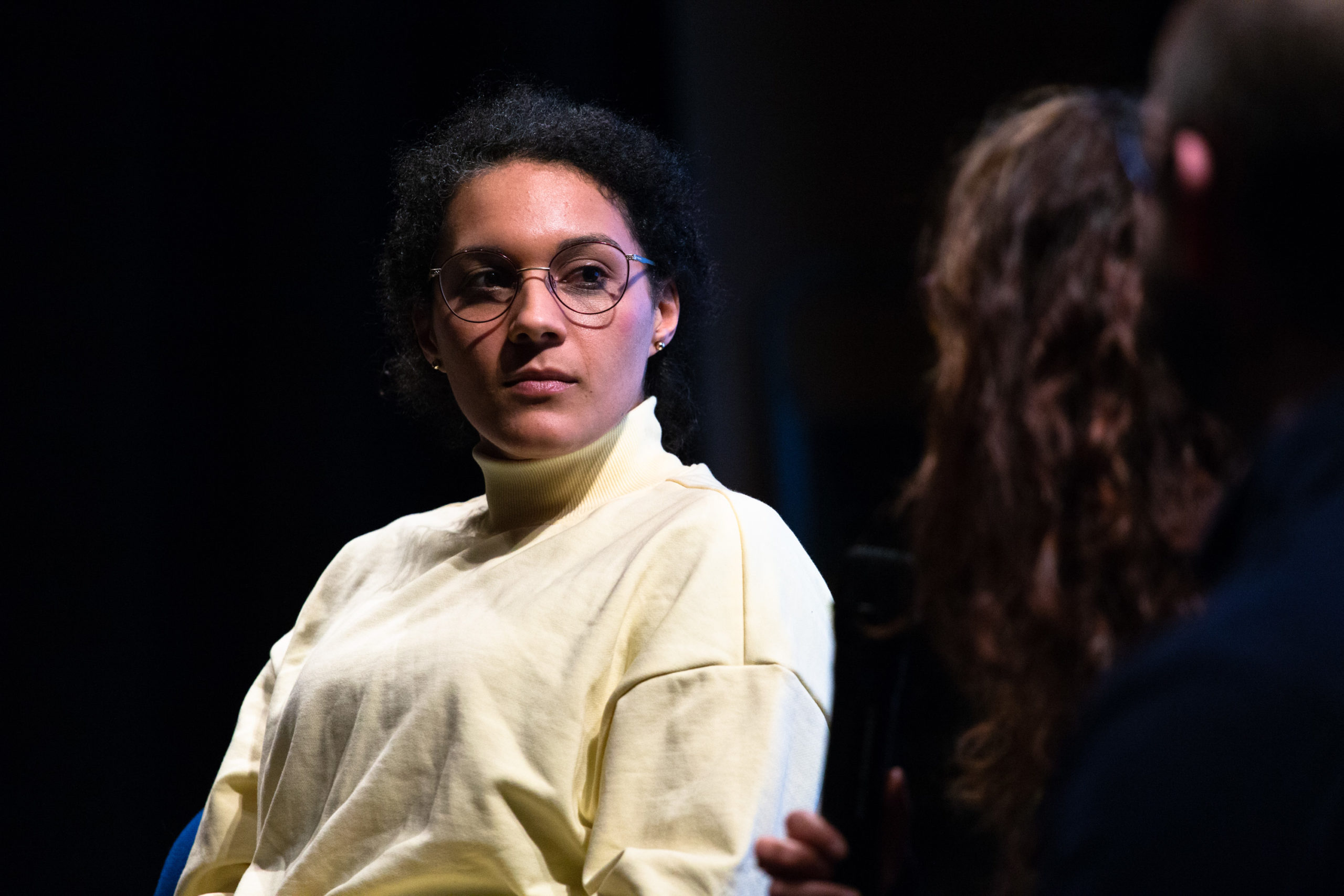 Portrait of Rhea Storr at the Alchemy Film and Moving Image Festival. Photo: Oliver Benton.
Portrait of Rhea Storr at the Alchemy Film and Moving Image Festival. Photo: Oliver Benton.
Where are you from and how did you become interested in moving image work?
I was born in Yorkshire and live in London. I am interested in the camera as another eye, a way to understand what’s around me. Having British and Bahamian heritage, it allows me to question the ways in which mixed race identities are represented.
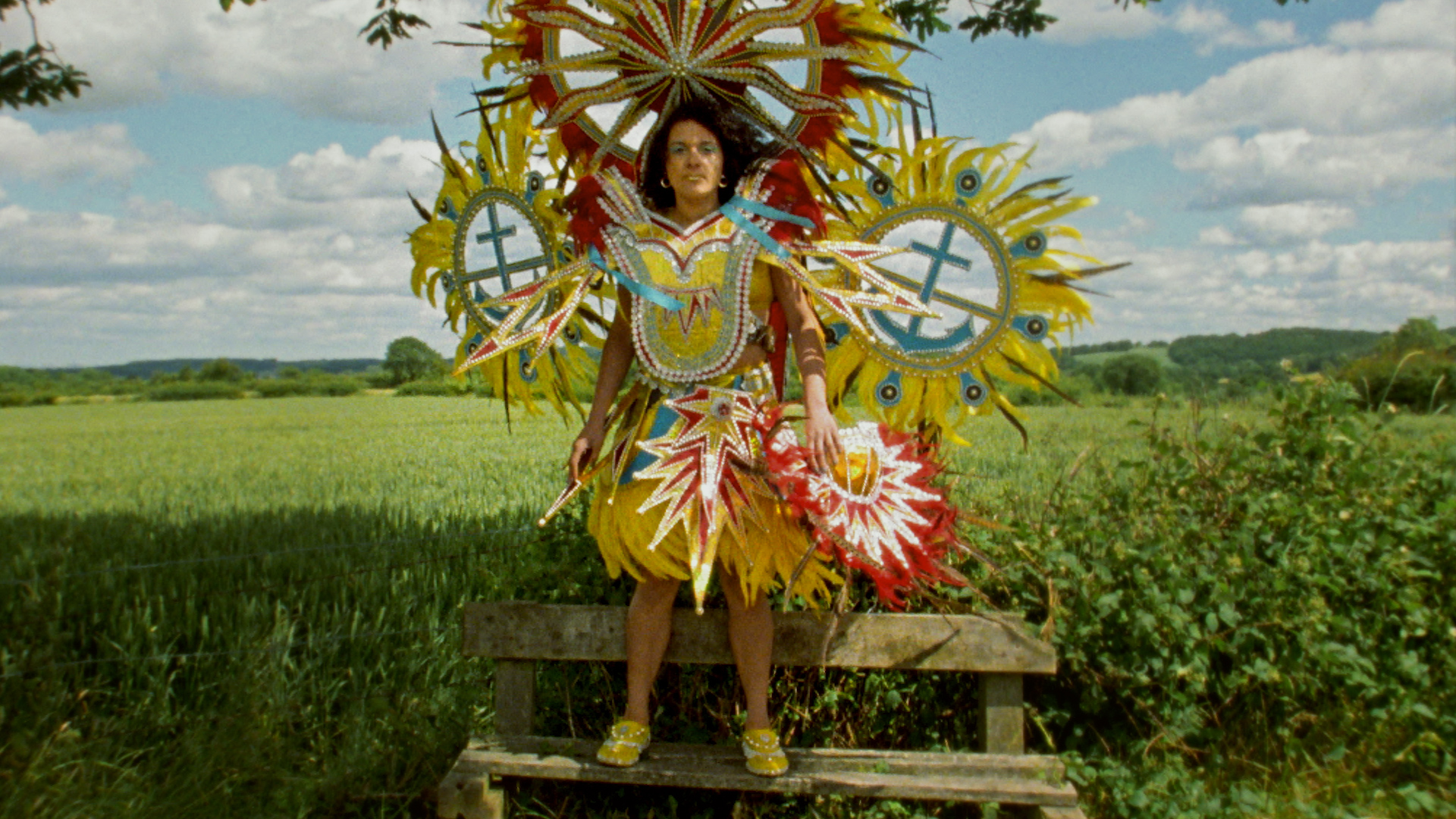 Rhea Storr, A PROTEST, A CELEBRATION, A MIXED MESSAGE, 2018, Super 16mm converted to digital with sound, 12 min.
Rhea Storr, A PROTEST, A CELEBRATION, A MIXED MESSAGE, 2018, Super 16mm converted to digital with sound, 12 min.
What inspired/influenced you to make Junkanoo Talk?
Junkanoo is a celebration in the Bahamas, akin to a carnival. I wanted to convey the difficulty of communicating the unique customs of Junkanoo in the UK. It’s not like Notting Hill Carnival. So Junkanoo Talk thinks about the politics of the in-between and who has the right to represent whom.
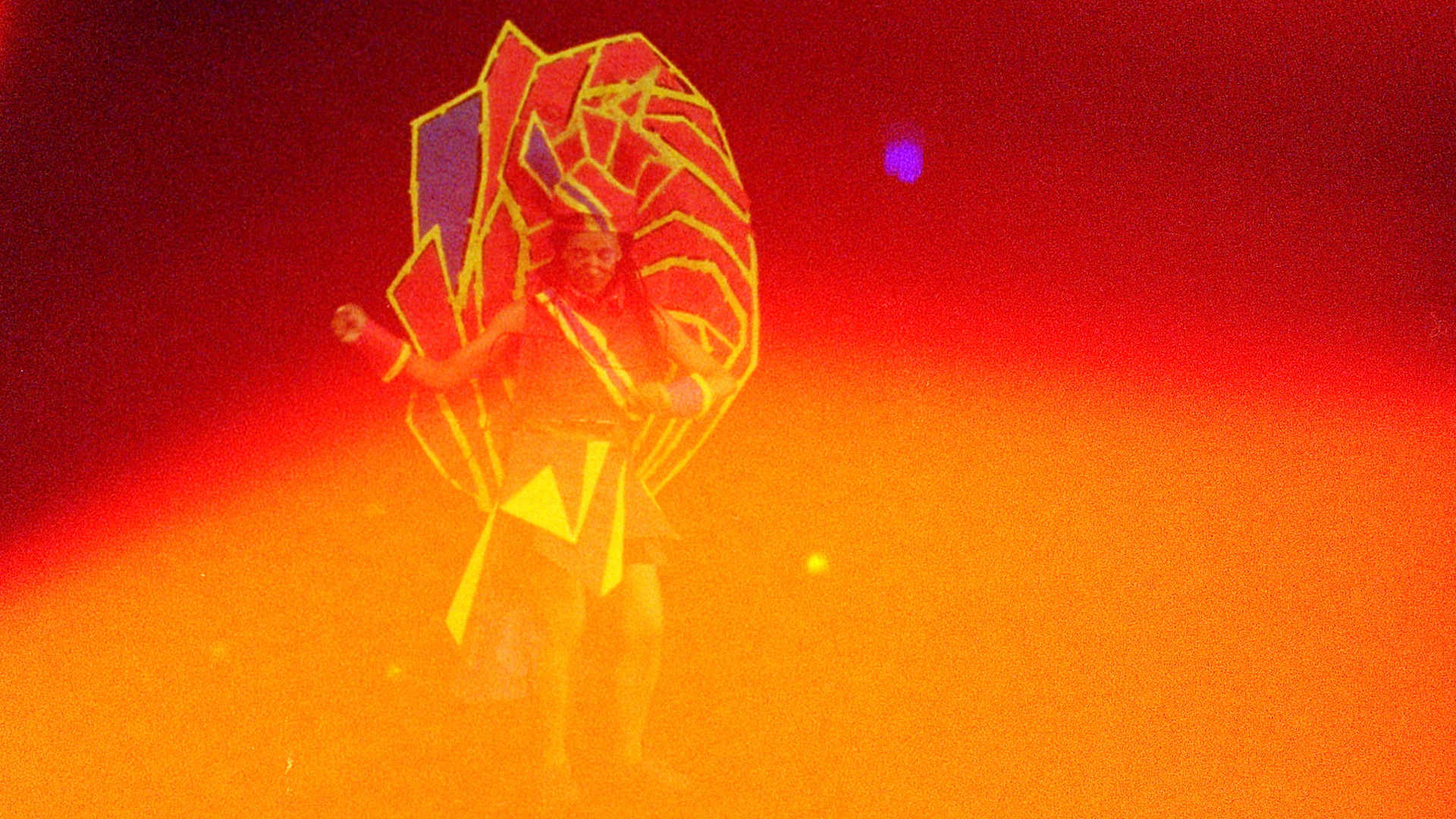 Rhea Storr, Junkanoo Talk (still), 2017, Digital and Super 16mm transferred to digital, 12 mins, Selected by Whitechapel Gallery, London.
Rhea Storr, Junkanoo Talk (still), 2017, Digital and Super 16mm transferred to digital, 12 mins, Selected by Whitechapel Gallery, London.
Where does the work fit into your wider practice and concerns?
I am interested in carnival as a subversion of power, a form of protest and a way to affirm national identity. More broadly, I am interested in cultural representations of Black diaspora in the UK.
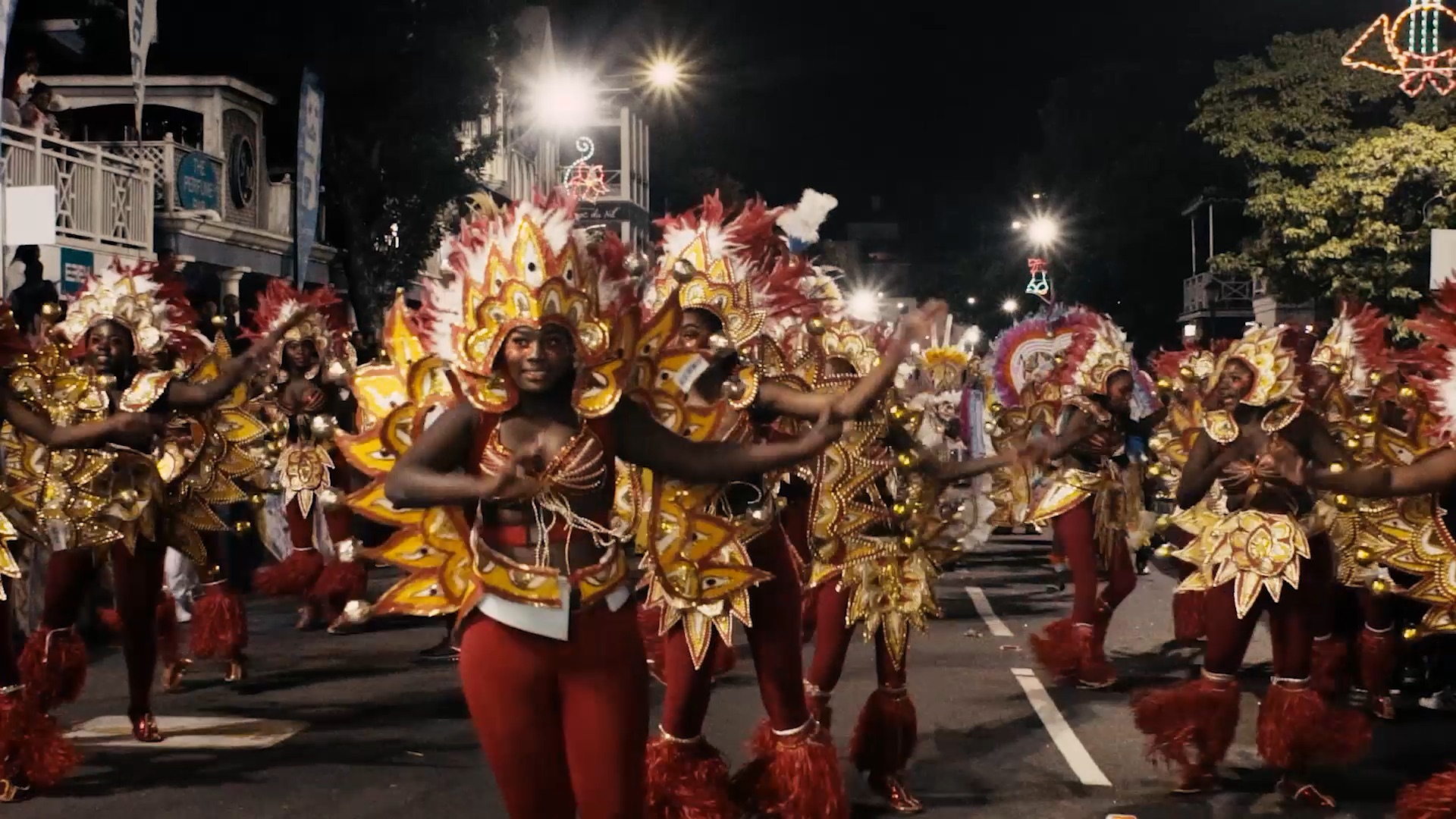 Rhea Store, Here is the Imagination of the Black Radical, 2020, 16mm and digital video, 11 mins.
Rhea Store, Here is the Imagination of the Black Radical, 2020, 16mm and digital video, 11 mins.
During the current climate, how are you maintaining your art practice from home/or in post-lockdown conditions?
I am currently researching the way in which West Indian centres are organised in the UK and the ways in which Black community might be represented on analogue film. So a lot of reading and writing! I would also usually be taking care of the 16mm film lab at not nowhere, an artist’s workers co-operative, so we’re thinking a lot about how we can engage with an analogue film community online.
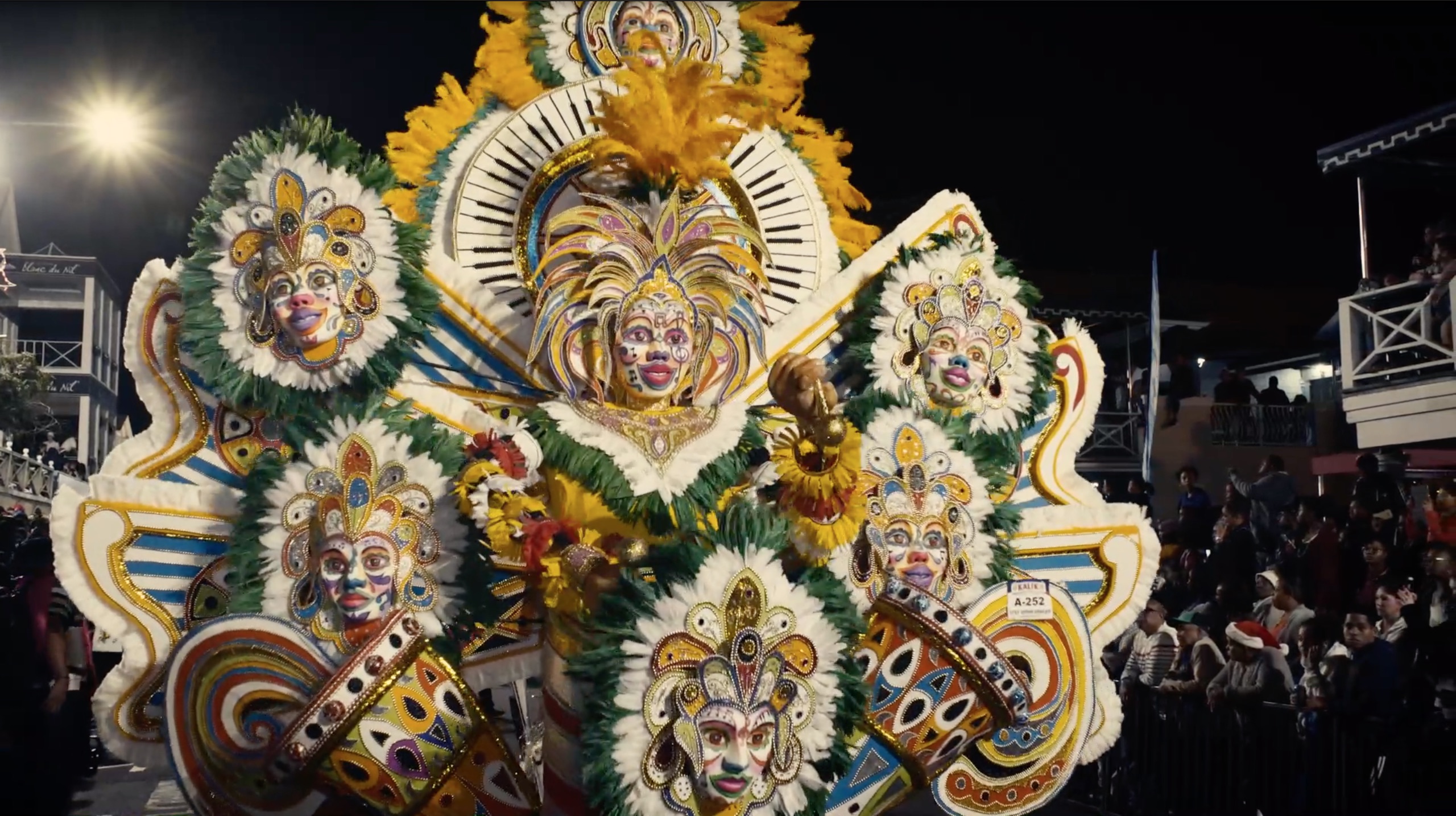 Rhea Store, Here is the Imagination of the Black Radical, 2020, 16mm and digital video, 11 mins.
Rhea Store, Here is the Imagination of the Black Radical, 2020, 16mm and digital video, 11 mins.
What are you exploring/experimenting with during this time?
My films often employ intricate soundtracks. I record sounds from my immediate environment, or of my own body as in Junkanoo Talk. In the absence of being able to make images, I’m making a new work driven by the soundtrack.
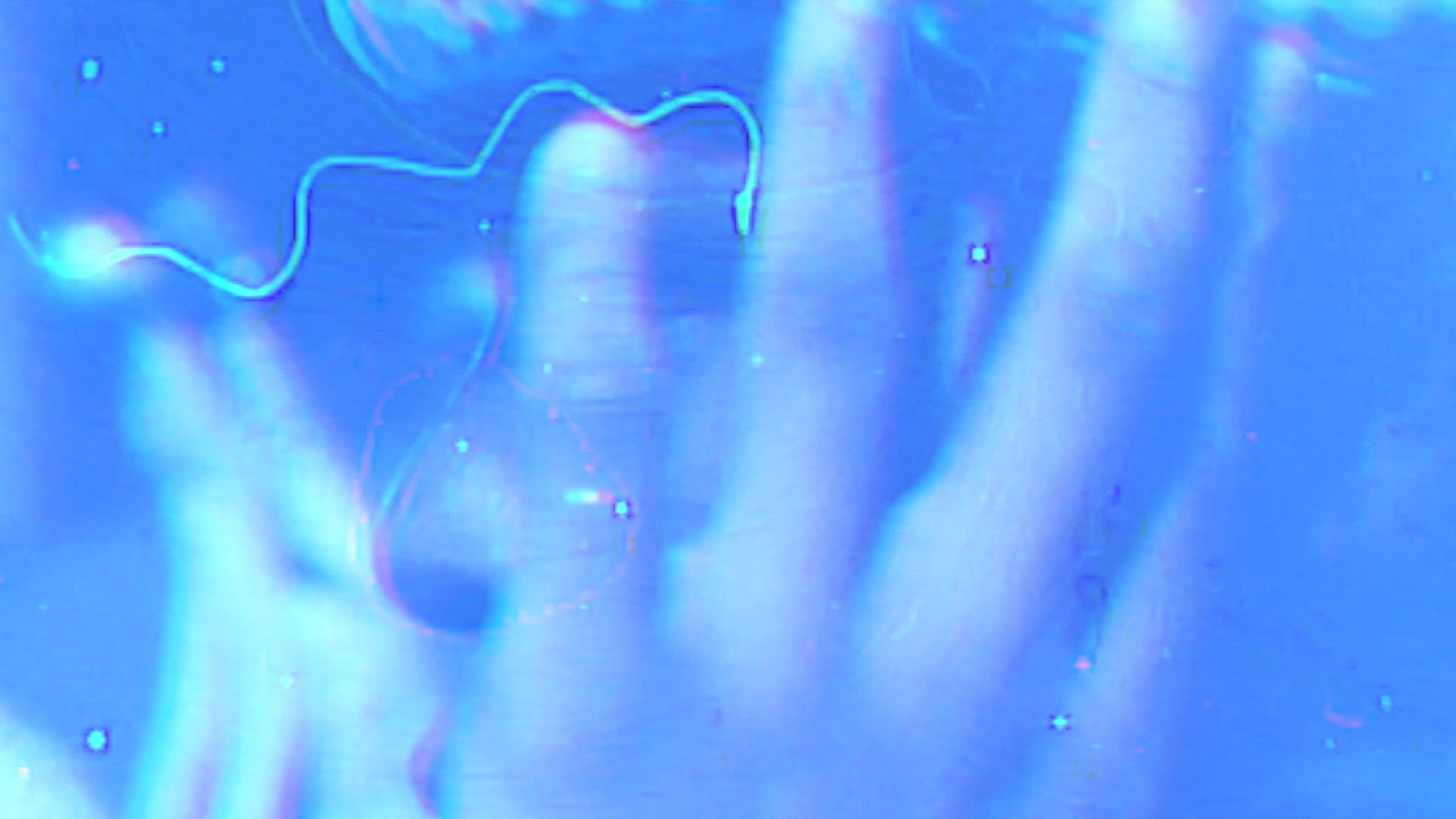 Rhea Store, Here is the Imagination of the Black Radical, 2020, 16mm and digital video, 11 mins.
Rhea Store, Here is the Imagination of the Black Radical, 2020, 16mm and digital video, 11 mins.
Rhea Storr runs the 16mm film lab at not nowhere an artists’ film co-operative, London. Recent screenings include Filmforum MOCA, Los Angeles, Antimatter Festival, Canada, Chicago Underground Film Festival, European Media Art Festival, Berwick Film and Media Artist Festival, Hamburg International Short Film Festival, Kassel Doc Fest, National Museum of African American History and Culture and ‘Get Up, Stand Up, Now’- Somerset House. She is the winner of the Aesthetica Art Prize 2020 and the inaugural Louis Le Prince Experimental Film Prize.
Watch Junkanoo Talk now, selected by Whitechapel Gallery as part of the Artists’ Film International project.
https://www.youtube.com/watch?v=WKDQR_UphMY